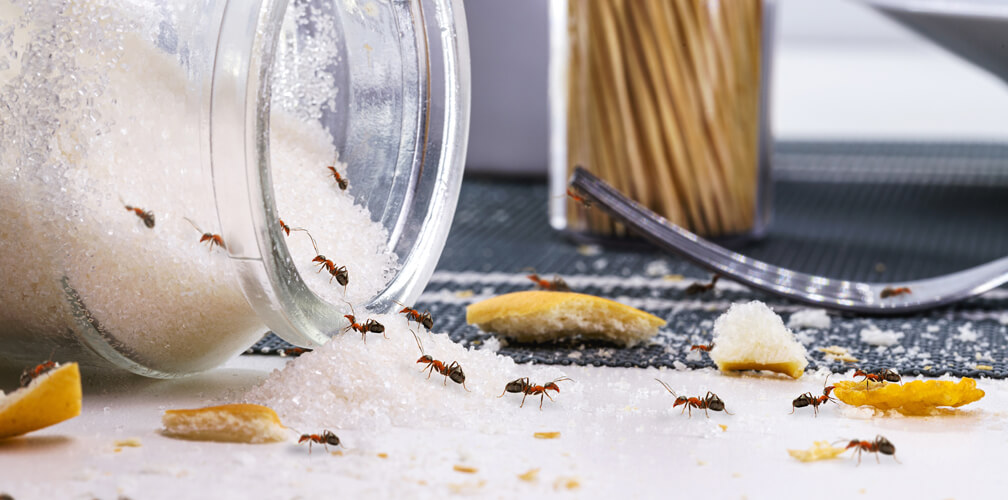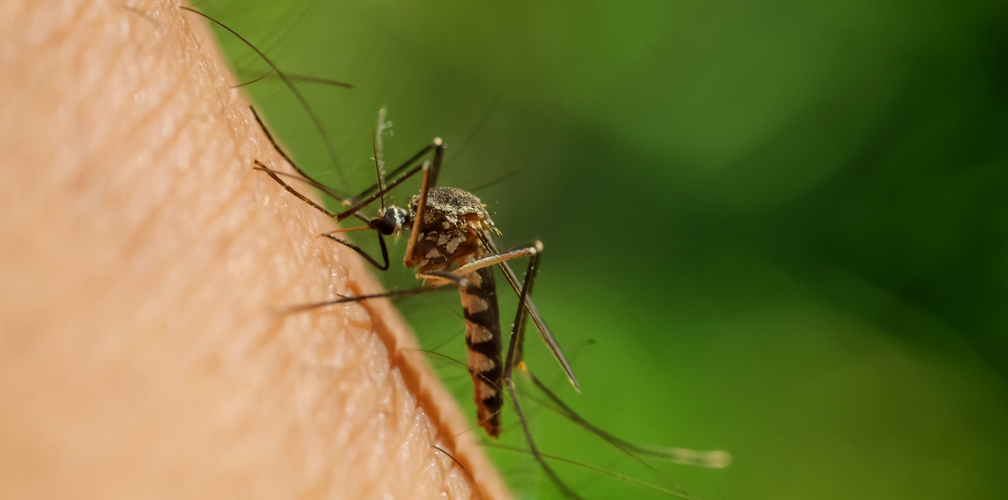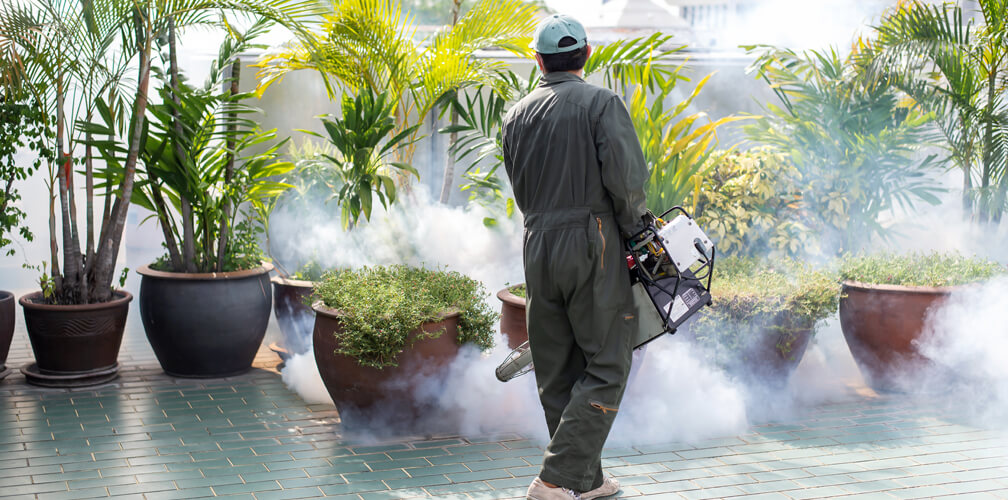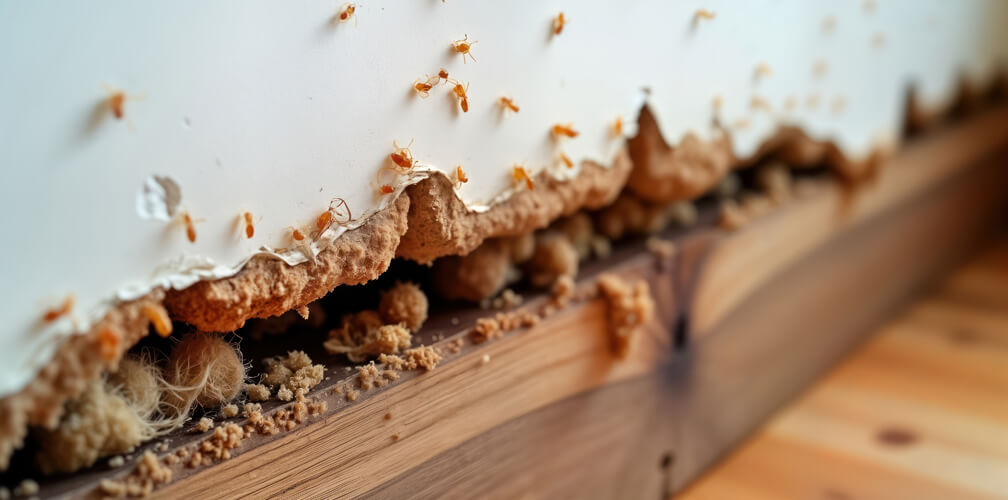
5 Everyday Habits That Are Secretly Inviting Pests Into Your Home
You keep your home clean, take out the trash, and maybe even sprinkle a little peppermint oil around for luck, and yet, pests keep showing up. Whether it’s ants in your kitchen counter or mosquitoes swarming your porch, the truth is that some everyday habits are practically an open invitation to unwanted critters. In this blog, our Charleston, SC, pest control experts will explore what you might be doing to cause a pest problem—and how to fix it before it gets out of hand. 1. Leaving Pet Food Out Your furry friends are adorable, but their food can be a major draw for pests. Ants, cockroaches, and even rodents love a bowl of food left out overnight. And it’s not just about the mess—these tiny invaders can carry bacteria that aren’t great for pets or humans. Quick Fix: Feed pets at set times and pick up uneaten food immediately. Even a 10-minute window can make a huge difference in keeping your home pest-free. 2. Letting Trash Sit Too Long We get it—life is busy. But leaving garbage in the kitchen or on the porch for days is basically ringing the dinner bell for pests. Fruit flies, roaches, and rodents will










